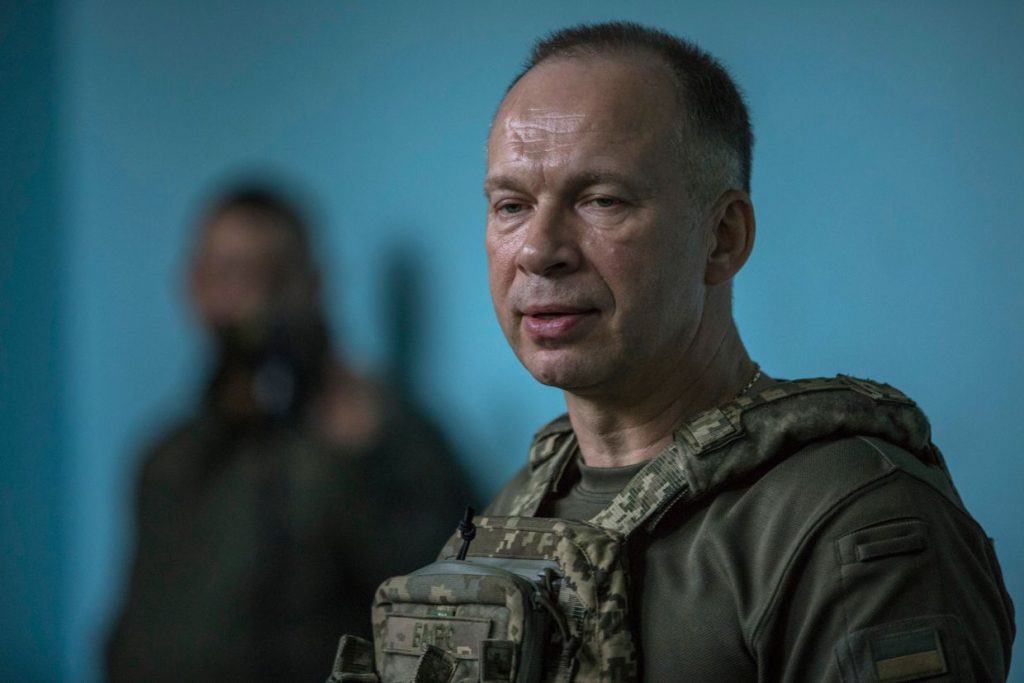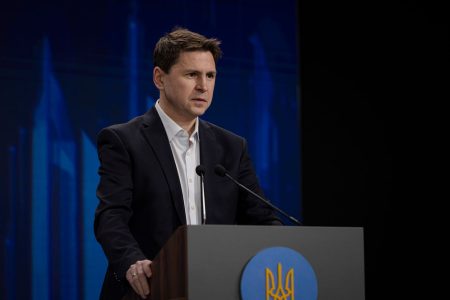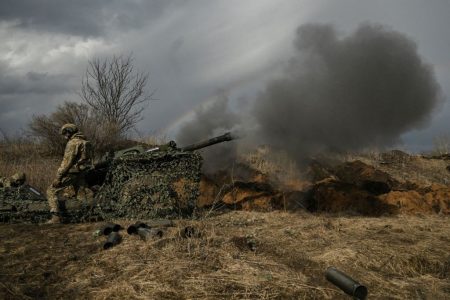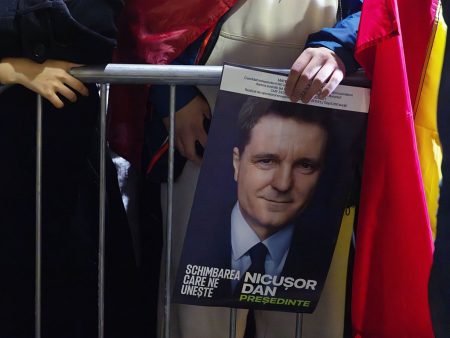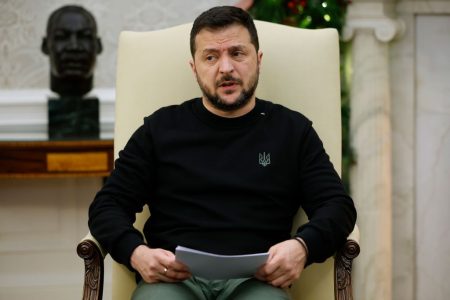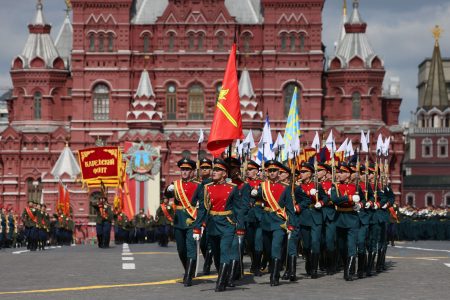Ukraine’s Commander-in-Chief, Oleksandr Syrskyi, was reported to be considering an attack against Russia’s Bryansk Oblast as an alternative to the Kursk incursion. This information was revealed by military sources and reported by The Economist on August 18. The unprecedented cross-border incursion into Russian territory was launched on August 6 by Kyiv, claiming to have captured over 1,000 square kilometers and dozens of Russian settlements since then. According to Ukrainian soldiers and individuals close to Syrskyi, the commander-in-chief shared his plans with only a select few military and security officials and discussed them with President Volodymyr Zelensky in one-on-one meetings to maintain maximum operational secrecy. Several scenarios for hitting Russia’s weak spots were under consideration, with an attack against Bryansk Oblast, located west of Kursk Oblast, being one of the options discussed.
The main goal of the operation was to strengthen Kyiv’s position in potential negotiations and draw away Russian troops from Donbas, according to reports by The Economist. Ukrainian officials, including President Zelensky, mentioned the aim of creating a “buffer zone” on Russian territory and halting Russian cross-border strikes through this operation. Despite not informing Western partners about the plans in advance to prevent leaks or disruptions, the offensive was launched with no protests from the partners, who even praised its accomplishments. The meticulous planning, smart tactics, and operational secrecy helped Ukraine achieve quick tactical success in the initial days of the operation. However, Ukrainian soldiers have reported that the situation is becoming more tense as Russia deploys more experienced troops to the region.
Media reports and statements by officials have supported claims that Russia is rerouting troops from Ukrainian front lines or other Russian regions. While the number of Russian attacks in the Donbas region has decreased, Russia is reportedly pushing towards Pokrovsk, a key logistics hub in the region, as per Ukrainian military reports. Thousands of residents have been forced to flee as Russian troops advance and take control of villages in Donetsk Oblast, including Novohrodivka, Selydove, and Petrivka. These previously quiet and picturesque towns are now caught in the midst of the advancing Russian forces, highlighting the escalating conflict in the region.
The Ukrainian military has reported a decrease in the number of Russian attacks in the Donbas region, but concerns remain as Russia continues to advance towards key areas like Pokrovsk. The situation on the ground is becoming more tense as Russian troops deploy more experienced personnel, leading to increased pressure on Ukrainian forces. The ongoing conflict has forced thousands of residents to flee their homes in Donetsk Oblast as Russian troops take control of villages one after another. The escalating violence and displacement of civilians highlight the urgent need for a diplomatic resolution to the conflict to prevent further loss of life and instability in the region.
The strategic goals of Ukraine’s cross-border incursion into Russian territory, including creating a buffer zone on Russian soil and halting cross-border strikes, reflect the country’s efforts to strengthen its position in negotiations and deter further Russian aggression. The operation, initiated by Commander-in-Chief Oleksandr Syrskyi, aims to draw away Russian troops from Donbas and weaken their positions in key areas. The successful execution of the operation in its initial phases demonstrates the effectiveness of Ukrainian military planning, tactics, and operational secrecy. However, as Russia responds by deploying more experienced troops and pushing towards strategic locations, the situation on the ground becomes increasingly volatile, leading to concerns about the escalation of the conflict and its impact on civilians in the region.
As Ukraine continues to defy expectations and launch strategic offensives against Russian forces, the international community watches closely to assess the impact of these actions on the ongoing conflict. The support of Western partners, despite being kept in the dark about the operation beforehand, indicates a level of trust and coordination between Ukraine and its allies. The evolving situation in eastern Ukraine and the Donbas region underscores the importance of finding a peaceful resolution to the conflict to ensure the safety and security of civilians caught in the crossfire. The resilience and determination of the Ukrainian military in the face of escalating hostilities demonstrate the country’s commitment to defending its sovereignty and territorial integrity against external aggression.









